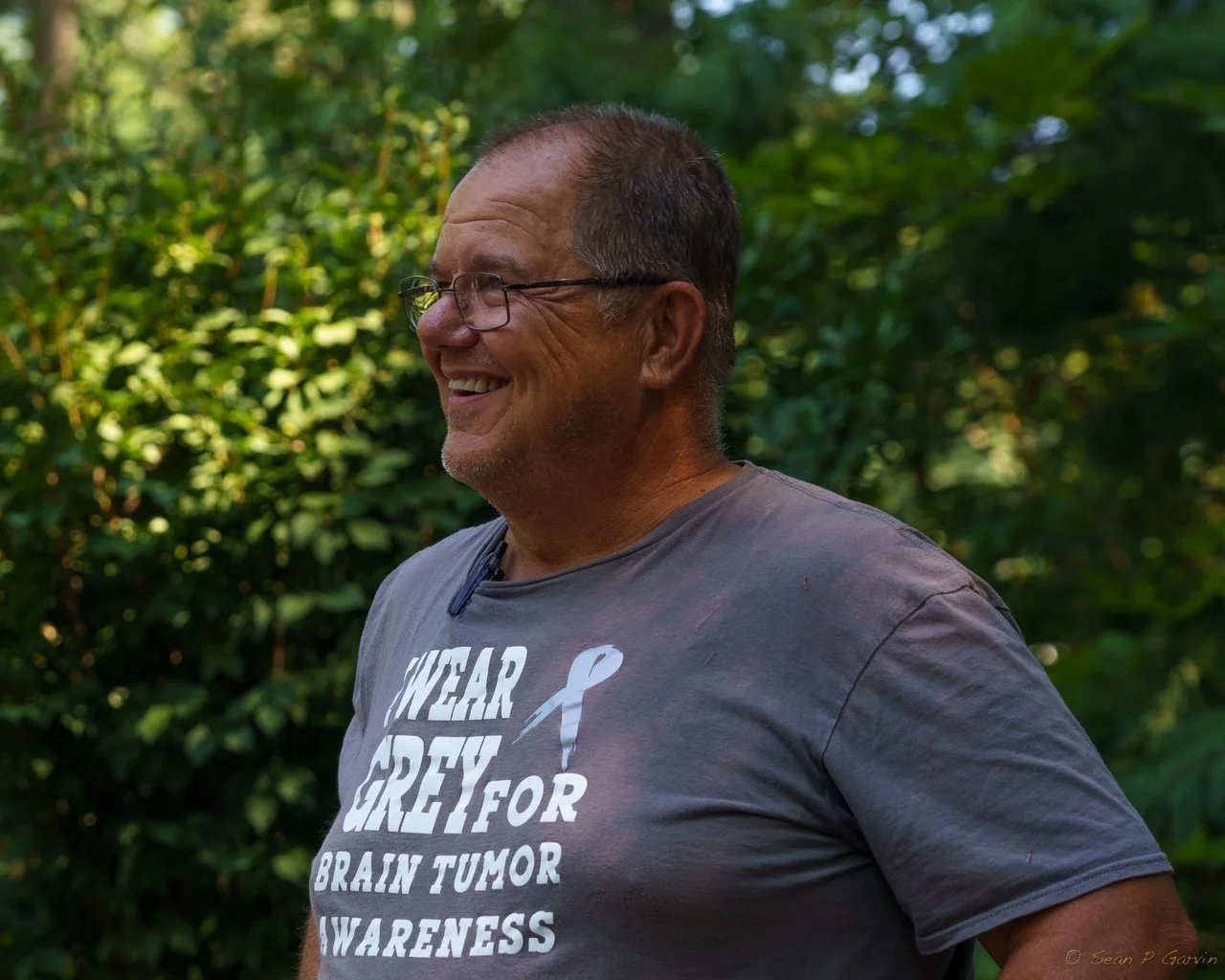
The History of Beekeeping in NJ
1802
Robert Aaron was a free black man. He and two slaves purchased property in Bedminster in 1801, at a cost of $3 to be used as a Negro Burial Ground.
Sadly, Mr. Aaron died shortly thereafter. His will was probated on January 7, 1802, in Somerset County (no death date). It included an inventory of assets valued at $113.94. The first item on the inventory list was:” 1 Cow for $12.00.”
The next was “7 Hives of Bees for $20.00".” The list went on to include many other items, most of which were kitchen utensils and farm tools..
In the middle of the list there is a notation:
9 empty Bee hives / Straw $2.00
The "bee hive items" total 19% of Mr. Aaron’s possessions..
Based on the number of people who witnessed his will and did the inventory, it seems that Robert Aaron was greatly respected in his community. There was even a woman who signed, which was very unusual in that time..
1902
New Jersey Beekeepers Association is founded.
1911
Did you know that there has been a bee inspection program in New Jersey for over 100 years? Prior to that time the state was heavily infested with American Foulbrood disease (AFB). The first bee laws were passed in 1911. Elmer G. Carr, from Pennington, was the first NJ Bee Inspector. He served from 1911 to 1935 - 24 years. He traveled to apiaries using all sorts of transportation including trains, trolleys, walking, bicycle, horses and wagons. Often he would go to a town and get a room in a boarding house or in a beekeeper’s home, and make daily circuits around the area inspecting colonies for disease and educating beekeepers in modern methods. The documents that follow include some of his inspection reports from the first season he worked. Mr. Carr's comments are quite interesting. During his service, the state made great progress in cleaning up American Foulbrood.
The records of Elmer G. Carr, NJ's first bee inspector:
1931
1932
Milton Stricker was a NJ commercial beekeeper. He wrote this article for Gleanings in Bee Culture magazine in 1932 when Stricker went to work for Barclay Apiaries in Burlington County. Milton Stricker was the man who got young Jacob C Matthenius, Jr. involved in beekeeping. Jake Matthenius would go on to become a highly respected and influential Nj State Apiarist. Milton’s Article.
1934
1937
1941
1942
Harry N. Conner, a beekeeper who lived near Stockton, N. J., transferring hives from their indoor winter quarters to the bee yard. This picture was taken in 1942, when some NJ beekeepers wintered their bees indoors in cellars.
1943
Paul Holcomb and Amanda Quackinbush with a swarm. Pollination in New Jersey.
1945
Bees on a salt marsh in NJ
1946
1948
Paul Holcomb examining nuclei used in queen rearing.
1952
1955
Paul Holcomb and Frank Feckle in Vineland
1959
South Jersey Beekeepers Association is started. Article by Tim Schuler about the SJBA
1963
Jake Matthenius inspecting bees
1966
Frank Feckle in Vineland
Paul Yost, Phil Alampi (secretary of Agriculture) and Milton Stricker
1973
A big problem back in the 1970s was the NJ Department of Agriculture (NJDA) spraying SEVEN to control Gypsy moths.
This is a study from 1973 to show that with the pollen trap on bee hives, the honey bee death loss was greatly diminished.
The simple trap would knock off the contaminated pollen, thereby protecting the hive.
1990
In March of 1990, Jacob C. Matthenius retired as State Apiarist, after 42 years of service to the beekeeping community.
Jake started with the New Jersey Department of Agriculture in 1947 as Deputy Bee Inspector.
In 1953 he became Inspector of Bee Culture under Mr. Paul Holcomb. Jake then became Supervisor of Bee Culture in 1956.
In 1980 he became State Apiarist.
While in high school, Jake was employed by Stricker Apiaries, painting and repairing equipment and assisting in the management of 1000 colonies for pollination and honey production.
The NJBA very gratefully credits retired NJ State Apiarist, Tim Schuler, with curating this fascinating history of beekeeping in New Jersey.
